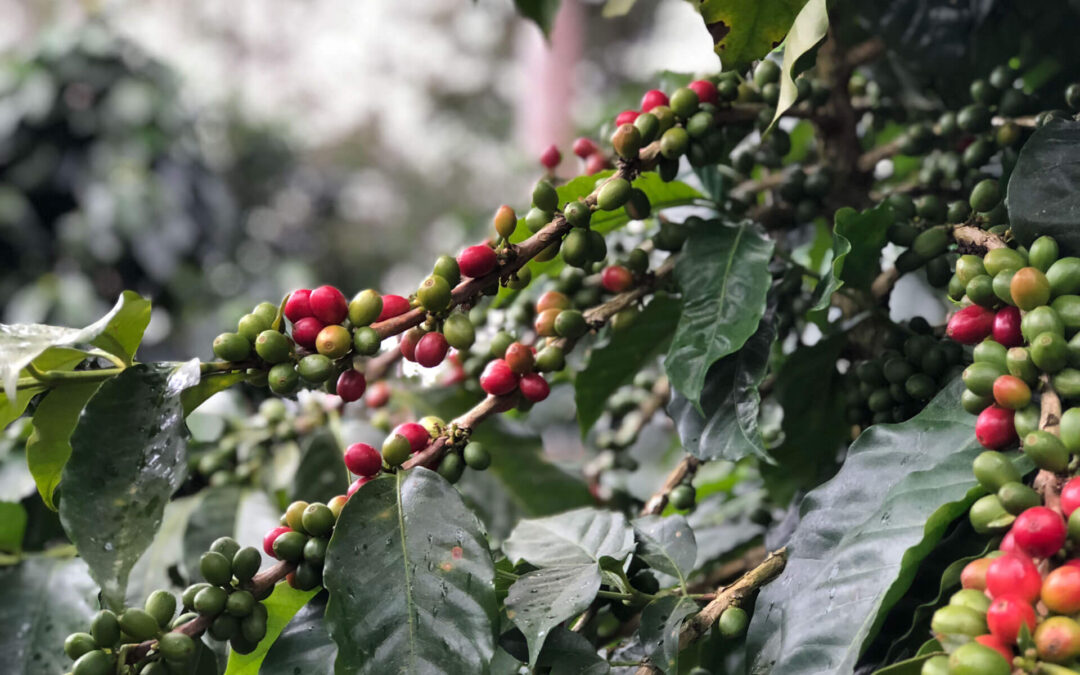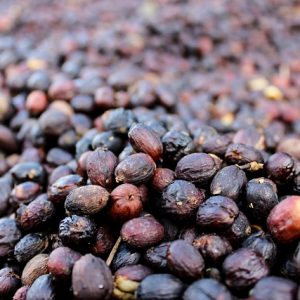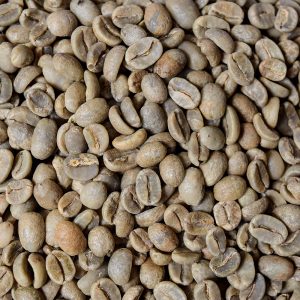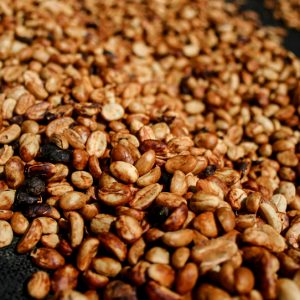in 2003, when we purchased the farm from Cristino Lopez, coffee had been the primary activity since the early 50’s. Due to the destruction that Hurricane George caused to the Cordillera Central, and specifically to access roads high up in the mountains, Cristino had virtually ceased managing the farm an d things on the property had begun to deteriorate. Coffee had been conventionally grown, meaning it was cultivated in full sun, so there were not many trees on the farm, outside of the creeks. One of the first things I had to do was to learn about coffee , wat was happening in the coffee industry and do a very deep dive into market trends. This was prior to there being much information on the internet about specialty coffee. One things I did know was that ecologically grown coffees had to be cultivated i n shade, so for the first 5 years, we planted about 20,000 trees each year . We had to continue taking care of those trees for severa l years after they were planted, until th e y were large and well established enough to thrive on their own. The vast majori ty of the trees we planted were actually germinated on the farm, from seeds I purchased from CATIE, in Costa Rica. An agroforestry research facility, specializing in the development of high value tropical hardwood species that are well adapted to high mou ntain eco – systems. Once the trees began to grow and shaded areas formed under the young canopy of this varied forest, we could start to plant new coffee plants.
Anyone who walks around Spirit Mountain, and has spent time on other coffee farms in the DR or in other countries, can appreciate not only the beauty and diversity but also the intentional effort that has been taken in creating this special ecosystem. Agro – Foresty and Sustainable Farming are incredibly difficult endeavors. If you’ve ever tried gr owing your own foo d , you know how difficult it can be and doing it in an environmentally sensitive way can be a challenge. We are 20 years into our grand experiment, and with each year, we learn new lessons. So many layers that affect quality; f inding th e ideal coffee varieties that are resistant to rust and provid e a quality cup , f iguring out the ideal amount of shade, just enough to protect the plants, but not so much that the plants don’t flower , l ooking for innovations on the processing side that will highlight the natural flavors of our coffees , e quipping our harvesting team, so that they can care for the plants while picking only the perfectly ripe coffee cherries.
I have to confess something, when we purchased the farm, I didn’t even drink coffee. It took me several years before I finally started honing my pallet and started focusing on the coffee. The early years were spent creating the perfect growing conditions. We were fortunate on so many levels, and inviting our friends into our story real ly is the best part of the journey. Camping on the farm started relatively early, even before the forests started to mature forests




